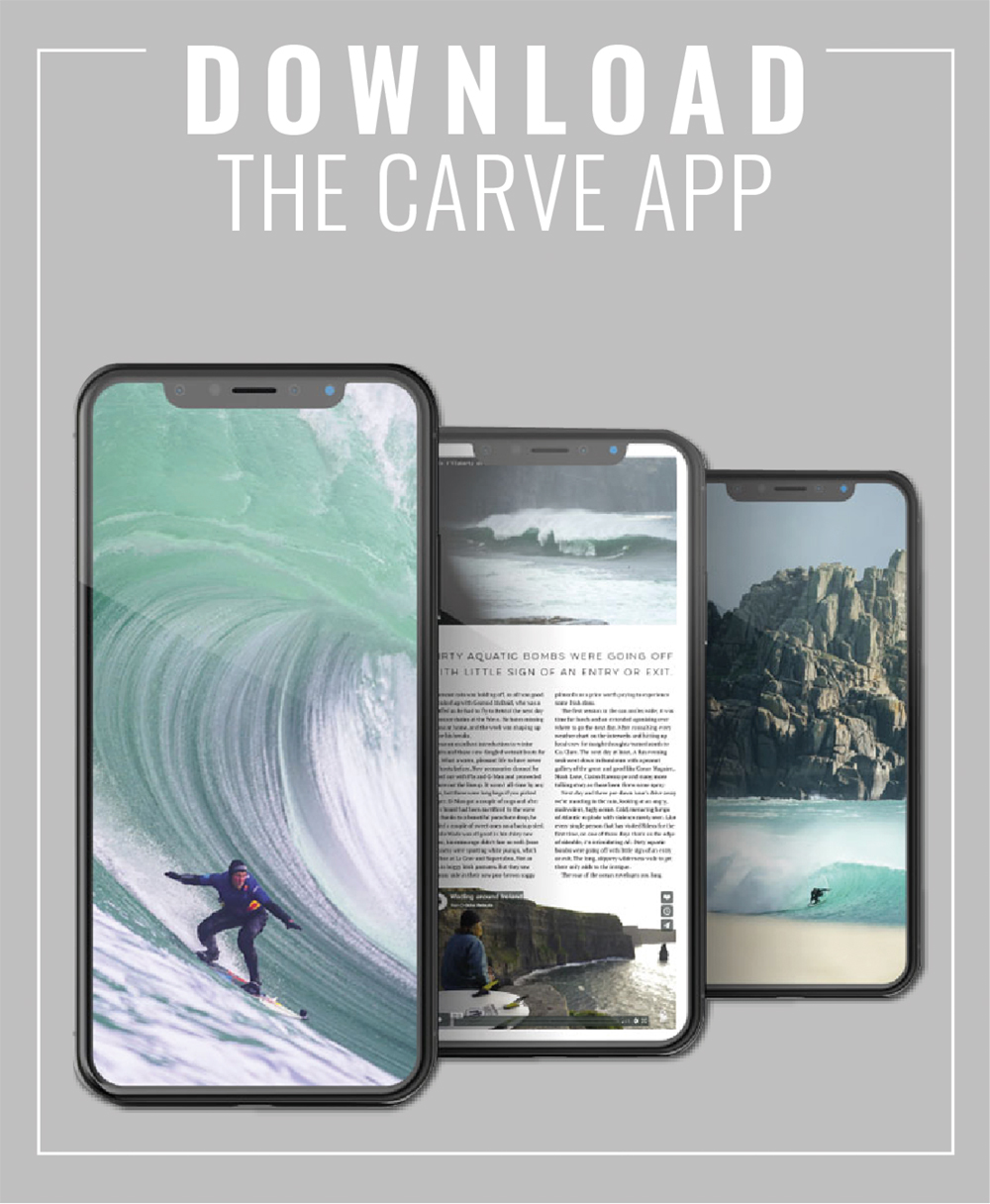
Here they come. Breathe it in – the cool crisp offshores, the ground swells oozing in from across the Atlantic bringing with them the promise of solid waves.
By Renne Godfrey
It’s the time of year when our surfing ups its game – on the plus side there is the promise of higher wave counts, but also the prospect of heavier hold downs, and tougher paddle outs.
One man has a trick up his sleeve to help us better prepare for the season ahead.
Thomas Hague is a breath coach on a mission to improve surfers comfort and confidence in the water and better our response to wipeouts. In addition to his breathwork experience and qualifications, Thomas has a degree in Sports and Exercise Science, so has an in-depth knowledge of our bodies and how to use the breath to increase our health, happiness, and performance. From his base in North Devon, he works with people all over the world to help them understand and improve the physiology behind their breathing; ‘You breathe approximately 22 thousand times per day or 8 million breaths per year. Mastering one of the most powerful mechanisms in our body can have a tremendous impact’’, Thomas explains.
There is a valid reason why top athletes for years have made the most of breath work – and surfers are right up there with the best of them – many of the world’s big wave surfers work hard on breath-hold training to help them survive the near death hold downs they face.
Thomas believes that if we can optimise our breathing, create a strong foundation and follow a breath training program to increase our carbon dioxide tolerance, we can improve our capabilities not just in the water but in general health and wellbeing too.

‘Breathe with me’ he says reassuringly at a training session at The Wave. One of the signature tests Thomas’s breathwork covers is the Body Oxygen Level Test (BOLT) – an exercise that can determine your carbon dioxide tolerance and breathlessness point during exercise.
Thomas breaks it down into simple steps.
• Have a timer ready on your phone or watch.
• Take a normal silent breath in through your nose and allow a normal silent breath out through your nose.
• Now, pinch your nose closed and keep your mouth closed to stop air entering your lungs.
• Start your timer and see how long it takes until you feel the first distinct desire to breathe.
‘You are not testing how long you can breath-hold for, you are finding out how long until your body reacts to the build-up of CO2’, Thomas explains, ‘your BOLT score will be how long you last from nose pinch and holding your breath until you feel that first distinct desire to breathe.’
As fit, regular surfers, we ideally want a score over 25 and with some training a score of 40 plus. Anything below 25 and Thomas believes that the effectiveness of our breathing on health and performance could do with some help.
The simple step of doing breath work and improving our BOLT score can have knock on health effects across the board – by being more in control, we can delay the onset of breathlessness, improve our quality of sleep, increase energy levels, and reduce stress and anxiety, to name just a few. What’s not to love!
Thomas is working with the English Adaptive Surfing team at the moment and seeing great results in helping the athletes calm themselves before a session, and gain more confidence both in and under the water. Thomas is passionate about his approach – ‘focusing on the way we breathe, slows down our heart rate, increases our heart rate variation (HRV), activates our parasympathetic nervous system, and allows us to be more grounded.’
Understanding what is going on in our bodies during a breath hold on land, can help us stay more relaxed during a hold down in the water, and Thomas’ range of training exercises help to regain effective breathing when we finally pop up.
It’s something we all do, every single day, and by being better at it, and in control of our breath, we can have more confidence, charge harder, and be happier healthier surfers at the same time.





